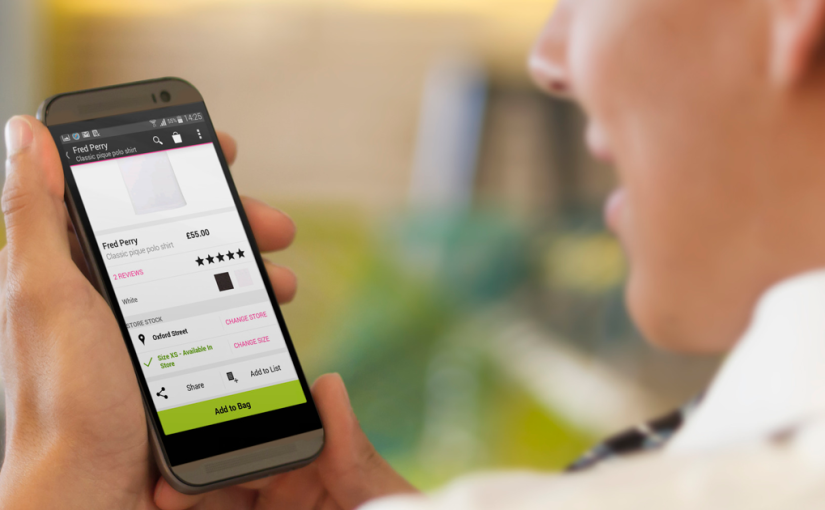Why would shoppers download a retail app?

The UK is the largest mcommerce market in Europe, and sales made through apps now account for a third of all UK retail spend on mobiles. An average of £474 is spent on mobile devices every second. And consumer spending on mobile devices is set to increase by over 77% in the next year.
Why is it then that UK retailers are so reluctant to roll out transactional apps? In our research collaboration with Internet Retailing, we found that only 19% of the UK’s leading retailers offer a transactional app. To make matters worse, a recent Barclays study uncovered that a mere 3% of UK retailers believe that they have an advanced mobile strategy in place.
In our conversations with leading retailers, we often notice that there is still doubt that their customers would actually download a retail app. There are so many apps– why would anyone bother downloading yet another one?
This requires a shift of mind-set when it comes to apps – a progress from thinking that an app should only be rolled out as a frivolous, short-lived campaign.
It’s become possible to build transactional apps that can integrate retail technologies and take on just as much traffic as desktop websites. Apps have evolved to become much more than a PR tool.
When used right, well functioning apps serve as an extension of existing stores. They offer more intuitive browsing and more omnichannel functions than the mobile web can, and therefore provide the best possible shopping experience for mobile shoppers. While mobile websites are best used for customer acquisition, apps can fulfil the purpose of rewarding existing customers.
Various industry heavyweights have found this to be true. According to a study by Internet Retailer, ASOS experienced over 90% growth in sales generated through its app last year. New Look experienced over 98%, and House of Fraser experienced over 203% growth. It’s become abundantly clear that offering an app means you can help keep your biggest brand advocates and convert mere visitors more easily.
Consequently, if you have customers who own mobile devices, you have customers who would enjoy shopping from your app. Loyal customers will download and use the app. They won’t need much convincing – as long as they know that the app exists.
In fact, retailers who don’t offer an app are losing out on app-only mobile customers. Reportedly, over half of smartphone Topshop customers don’t visit the mobile site – they shop only via the app. For ASOS, 42% of mobile shoppers are app-only.
The discussion shouldn’t be centered around whether to offer an app, but around how to do it in the right way. How can we make sure that customers have the best app experience? To learn more about the behaviour of app shoppers, and how to cater to this demographic specifically, read our Q1 Platform report and our app commerce report.
This article was first published in ecommerce club.


